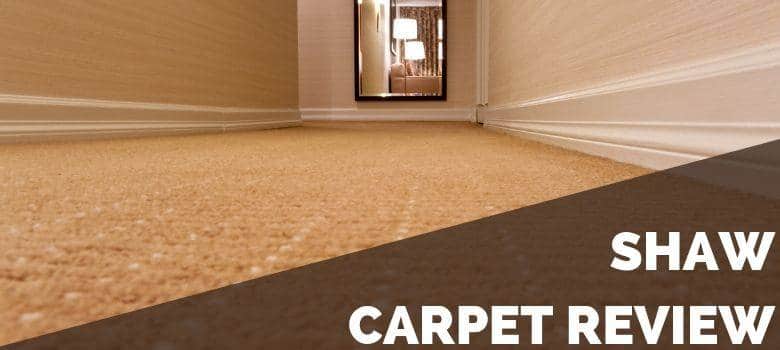For most residential carpets the carpet pad should be between 1 4 and 7 16 inch thick and should have a density of 6 to 8 pounds per cubic foot.
Builder grade carpet thickness.
Don t choose a carpet pad that s too thick or you risk unsightly folds and wrinkles developing in and beneath.
These builder carpets include low to medium end nylon and polyester carpets.
Carpet grades some manufacturers identify their products by grade.
Thinner loop and cut pile carpets require a more.
You cannot compare two different manufacturers who each offer a grade 5 or.
Carpet density is basically a combination of height and thickness.
So a 1 10 gauge carpet with 10 stitches per inch means there are 100 stitches in one square inch of the carpet.
There are at least 3 grades of low end carpets designed for apartments and rental property and is typically called builder grade or apartment grade carpet.
The higher this number the denser the carpet.
Upgraded builder s carpet upgraded options may include a boost to approximately a 35 to 40 ounce saxony or 28 ounce berber not what we would typically deem as high grade carpets.
We have selected some of the best values available on the builder grade carpet market.
Standard builder grade carpets will be between 25 45 ounces depending on the price range of the home.
Get to know the basics below to decide which.
The term builder grade is a bit misleading since builders are technically using it but by no means are builder grade materials the crème de la crème.
The gauge of a machine does not change but the stitch rate can.
Together they are key factors in your carpet s look and feel and they also influence its resilience and durability.
The truth is that face weight is only one of several factors that play a key role in determining carpet quality in order to truly understand the quality of the carpet several important factors need to be taken into consideration including fiber twist fiber type and carpet style.
In reality no universal standard exists and the grade is more of a marketing tool.

